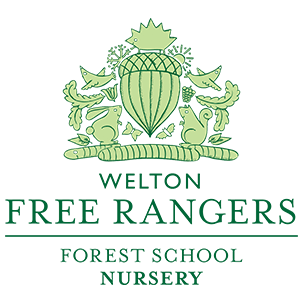Lately I have read and heard many Early Years Professionals justifying their decision to use play as a powerful tool with which to facilitate children’s learning. With newspaper articles suggesting that the government is going to introduce formal assessments and expect Early Years settings to teach official sessions of numeracy and literacy, it’s understandable that as professionals within education, we feel we need to explain why we don’t sign up to these potential changes and why we wholeheartedly believe children would not benefit.
As professionals, parents and carers we should do all we can to highlight the benefits of play to children’s learning and development. So, we stand shoulder to shoulder with our fellow Early Years settings and join in by sharing our views on play.
One of the ways we’d like to do this is by drawing your attention to the important matter of play. Firstly, we’d like to share with you the Free Rangers’ Play Policy, this explains our stance on Play and we hope you share our views. If we’ve left anything out then please let us know. It’s not in essay form, the topic is so vast we thought we’d condense it down to the nuts and bolts of play. But if you’re interested to find out more then please email the office and we can point you in the direction of some great theorists and studies.
With your help, we want your children to be the best they can be. We strongly believe not only the educational theories that support play as being the bedrock of early years learning, but also the emerging, sound scientific studies that further confirm; play leads to greater brain development.
Secondly, as from September 2013, we start in earnest our Stay & Play sessions, for children aged 0 – 5yrs at All Hallows School’s onsite woodland. Join us for Forest School sessions that will be tailored to encourage you and your child / children to learn through play in a beautiful and mature woodland. Please find details here.
The continued provision of our Free Rangers’ Forest School Holiday Clubs also ensures those children beyond nursery age can also access Forest School provision in the woods.

Thirdly, we thought the best thing to do was to invite Michael Gove to visit us for a “Play date.” We are confident that the families that choose to send their children to Free Rangers aren’t wrong, we are certain our views which reflect early years best practice (in fact only tonight we’ve just won three awards from our Education Authority) aren’t wrong, and furthermore we know we share the same ideals as many other fantastic Early Years Settings both locally and globally, so we can’t all be wrong can we? Once he sees Free Rangers’ children busy playing and learning we’re confident he’ll listen to all of us.
So what do we have to lose? Here goes:
Dear Mr. Gove,
Please come and play at Free Rangers for the day.
Toby, Laurie, Archie and William said they’d play dinosaurs with you; Josie said you could share one of the balance bikes; Lauren will sit with you during snack and lunch, Cain, Theo and Jess will show you the cement they made out of sand, water and grass and Daisy said she’d toast a marshmallow for you.
So you see Mr. Gove, all angles are covered. Please bring your wellies, if you don’t have any, we can lend you some.
Hope to see you soon for fun and frolicks at Free Rangers.
Yours sincerely,
Everyone here including Gary the Goose.
















 Space rockets travelling to space: one child would sit inside whilst the others stood around the edge giving them a countdown before shaking the box and welcoming them out
Space rockets travelling to space: one child would sit inside whilst the others stood around the edge giving them a countdown before shaking the box and welcoming them out







